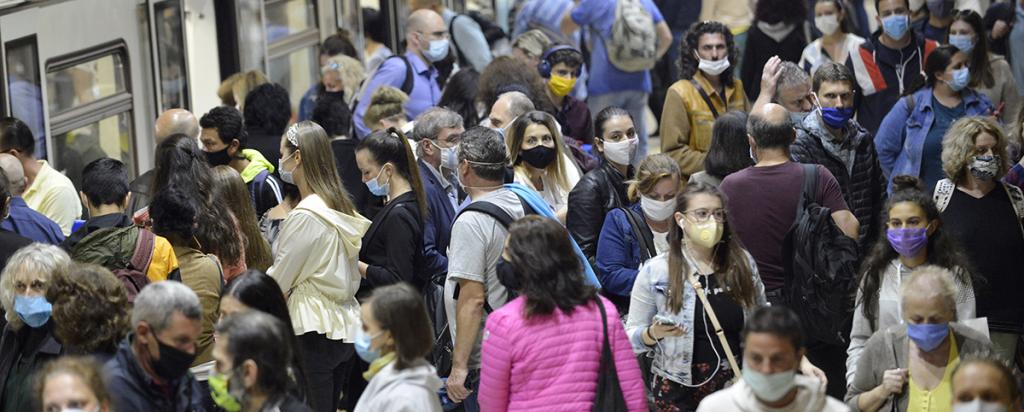

Published on the 20th July 2023 by ANSTO Staff
The Macromolecular and Microfocus crystallography beamlines at ANSTO’s Australian Synchrotron continues to deliver crystal structures of proteins that provide insights into COVID-19.
Today an international team, including lead researcher Prof Stefanie Gras from La Trobe University, is making headlines for work that provides a molecular basis for strong immunity against COVID-19, in a large US-Australian study on people with asymptomatic cases of the disease.
Their paper has been published in Nature.
Co-author PhD candidate Lawton Murdolo said on the La Trobe website, “Using the Australian Synchrotron facility, we were able to show at the atomic level how HLA-B15 individuals activate T cells upon SARS-CoV-2 exposure in the same manner as some seasonal coronaviruses, providing the mechanism for this pre-existing immunity.” Read more
Beamline scientist, Dr Alan Riboldi Tunnicliffe has a long standing association with Prof Gras relating to her work on T-cells.
"Although our contribution is only one of many different methods used in the study, our beamline was particularly useful in determining the structure of the peptide complex NQK and its interaction with a human leukocyte antigen of interest," he said.
The study is gaining international attention from the community and more broadly because of the implications for COVID-19.
Read more in Nature
https://www.nature.com/articles/d41586-023-02318-w


